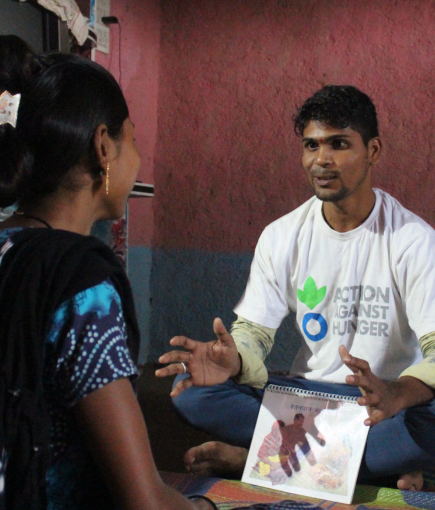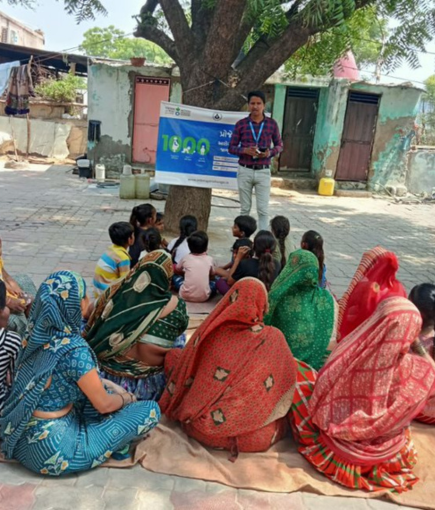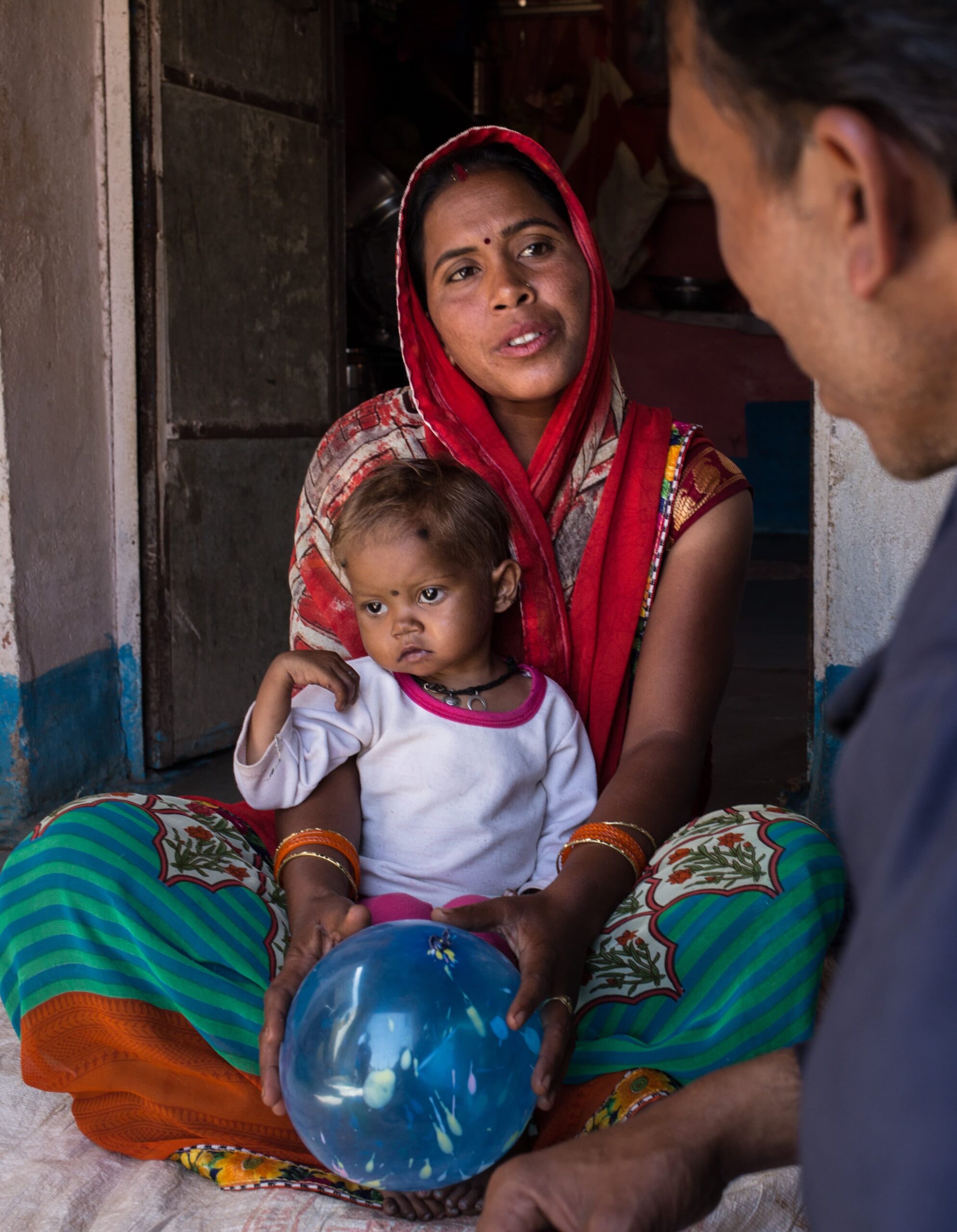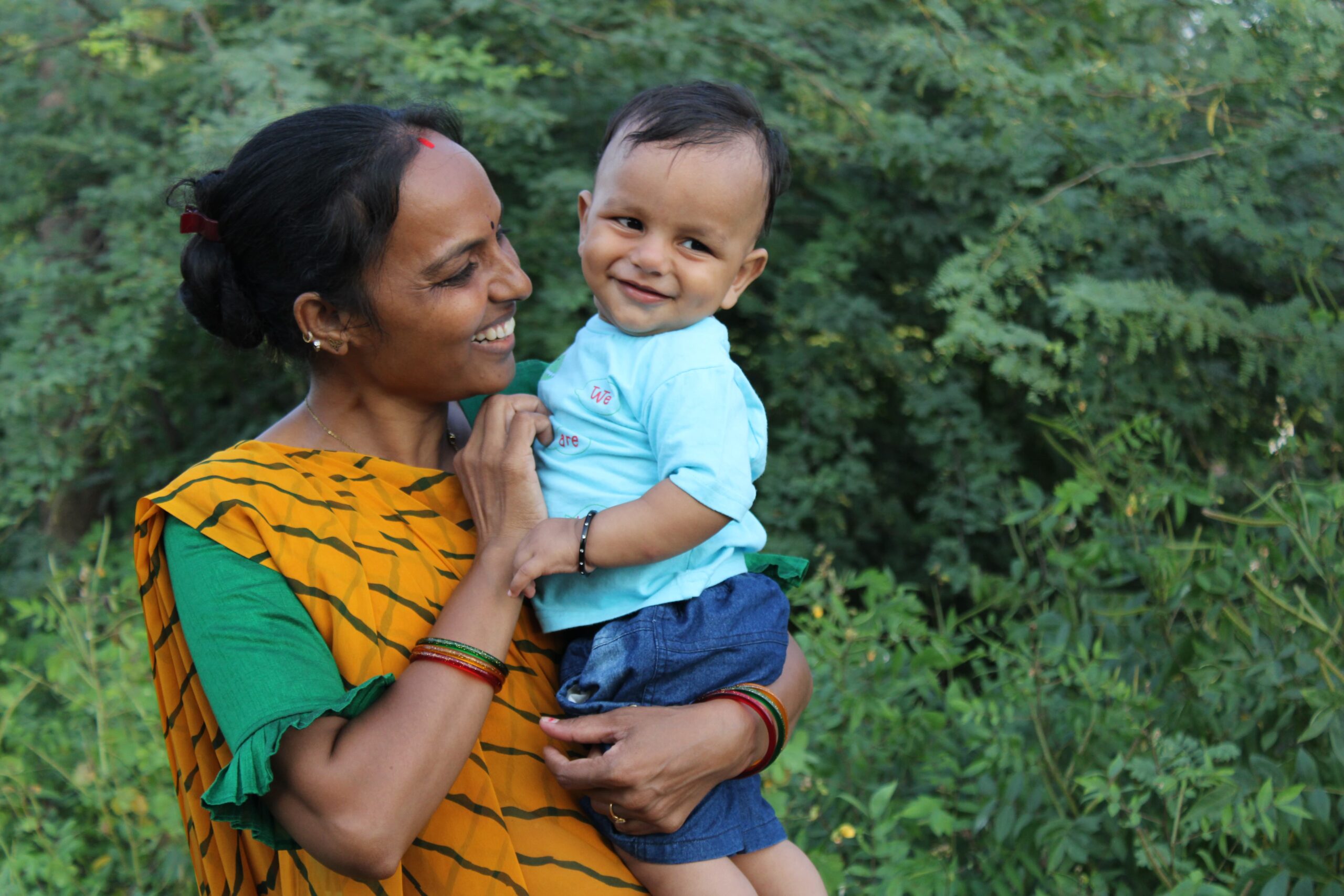WHERE WE WORK
We transform lives of children and their families residing in some of the most remote and challenging regions across the country. More than 95% of our field staff come from the communities we serve.
DONATE NOW
Our Footprints
Mumbai, Maharashtra
Palghar, Maharashtra
Amravati, Maharashtra
Dhar, Madhya Pradesh
Baran, Rajasthan
Sanand, Gujarat
Sabarkantha, Gujarat
Ankleshwar, Gujarat
Gariaband, Chhattisgarh

Mumbai, Maharashtra
Mumbai, the capital city of Maharashtra is home to millions of people living in various slum pockets. Typically characterized by poor access to clean water, lack of food and proper nutrition and poor health and hygiene, children in most Mumbai slums suffer from malnutrition. Govandi, located in eastern Mumbai, is comprised of migrant and daily-wage labourers. With illiteracy and no job security, these labourers often do not recognize the symptoms of malnutrition in their children.An analysis of malnutrition among children under five in th... Read More

Palghar, Maharashtra
Palghar is a district in Maharashtra and is divided into seven talukas, such as Vada, Vikramgad, Jawhar, Mokhada, Dahanu, Talasari, and Vasai-Virar. Predominantly inhabited by tribal populations, their source of livelihood comes from Agricultural practices. But the yield is restricted to the monsoon season and it predisposes them to migrate for jobs. Read More

Amravati, Maharashtra
The Melghat region of Maharashtra exhibits vast forest land and tribal population where agriculture is naturally the source of income and food. In the summers, this area suffers from an acute water shortage. This pushes the residents to look for paid labor work in urban settlements. Due to inconsistent nutrition, water shortage, and lack of knowledge, children here suffer from malnutrition and have a higher risk of mortality. Read More

Dhar, Madhya Pradesh
20% of Madhya Pradesh's population represent tribal communities. However, their incomes are dependent on agriculture and forest produce and the literacy rates are also low. Low yield and inconsistent income force the adults to look for paid labor and leave children to fend for themselves. Neglect and lack of diversity in diet has dramatically increased the prevalence of undernutrition in children. Read More

Baran, Rajasthan
Baran is a district in the southwest region of Rajasthan. Most of the tribal families here survive on small-scale farming, manual labor, or the sale of minor forest produce. While agriculture is rain-dependent and therefore seasonal, manual labor and forest produce do not provide a fixed source of income either. Read More

Sanand, Gujarat
Project Trupti launched in Sanand, Gujarat is supported by Baxter Pharmaceutical India Pvt. Ltd. and implemented by Action Against Hunger India. The project adopts a comprehensive life cycle approach, seamlessly integrating health and integrated Child Development Services (ICDS) to provide holistic support to the community.This project aims to significantly enhance the health and well-being of mothers and children up to 5 years old by providing timely referrals and treatment, ensuring every child receives the essential care for a healthy start in life. Read More

Sabarkantha, Gujarat
Project Vruddhi, is a pioneering endeavor aimed at combating malnutrition by strengthening systems and services in collaboration with Gujarat's Integrated Child Development Services (ICDS) and Health departments. Focused on the first 1,000 days of life model, the project aligns with the Government's Poshan Abhiyan goals, striving for accelerated progress in nutrition outcomes. Read More

Ankleshwar, Gujarat
Ankleshwar is an industrial town located in the Bharuch district of Gujarat, India. The region's geography includes flatlands and proximity to the Narmada River and Arabian Sea, making it agriculturally fertile and attractive for industrial development. However, rapid industrialization and population growth may lead to environmental challenges, such as pollution and pressure on natural resources, impacting the health and nutrition of the local population. The influx of migrant workers and their families from different regions may result in variations in socioeconomic status, access to healthcare, and education levels. Such demographic diversity can create disparities in health and nutrition outcomes within the population. Read More

Gariaband, Chhattisgarh
Action Against Hunger India, has expanded its operations in India by extending its reach to Chhattisgarh, with a focused intervention in the Gariaband district. This expansion marks an important milestone in the organization’s ongoing mission to create a healthier nation. The strategic interventions in Chhattisgarh aim to address critical issues related to undernutrition, capacity building, and improving the effectiveness of essential services for children and mothers.Key Interventions :Refurbishing Anganwadi Centers (AWCs)Screening Children Under 5 for UndernutritionCapacity Building of Frontline Workers (FLWs) A crucial aspect of the intervention is the capacity building of Frontline Workers (FLWs) Read More
6,90,264
Population Reached
69,213
Children under 5 screened for signs of malnutrition
6,085
Malnourished children referred and treated
44,425
Pregnant and lactating women reached
90,816
Home visits conducted

4,077
Phone based counselling sessions
5,749
Government frontline workers trained
6,367
Group discussions and demonstrations conducted
3,142
Anganwadis covered
2,907
Children cured

NEWSLETTER


JOIN THE FIGHT AGAINST HUNGER
Sign up to our newsletter and learn more about our programs, impact, field stories, innovation, jobs and much more.